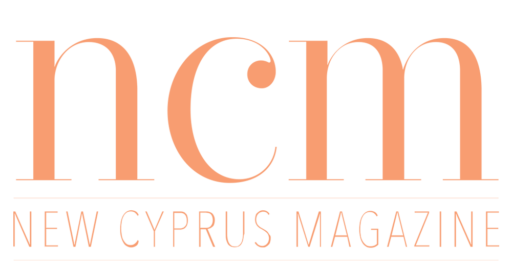The picturesque village is perched on a hillside about 7 miles west of Girne/Kyrenia and is one of the many must-haves to visit when you come to North Cyprus.
According to a resident of the village, there are about 150 houses and many different nationalities there. The views and the nice renovated houses are adorable, some of them with their own pools and others have small but very beautiful gardens.
In the middle of the village stands the stately church that is open to visitors, but you should call well in advance to book your visit and leave a donation to the church.
There is a church committee that is responsible for the church and its renovation. Last Thursday there was a lovely classical guitar performance in the church, we were there and took some good photos that will be published within the next few days.
When you wander around the picturesque streets surrounding the village you get a feel of being in a different place than North Cyprus.
The village has two restaurants, an art gallery and a shop.
It is great to take a long walk there, first, drive to Malatya village, leave the car there and walk through Ilgaz village until you eventually reach Karaman. You can stop there for a nice lunch and after make your way back to the car. The walk there and back should take around 1-1 ½ hours.
Just outside Karmi village is a collection of chamber tombs which are thought to date back to the middle Bronze Age (1900- 1625 BC), which makes them older than the Royal Tombs at Salamis.
A number of tombs have been excavated, and by far the most important discovery is the oldest human figure relief discovered in Cyprus, and is thought to represent the goddess of fertility.
In one of the tombs, bowls belonging to the Minoan civilization in Crete were discovered, along with blue beads from Egypt, which suggest trading links with both these countries. They are thought to have been gifts for the dead.
This tomb is known as “the tomb of the seafarer”, because it is believed that the man may have been working on the ships from Lapithos trading between Syria and the Aegean, and the objects were mementos of his travels.











